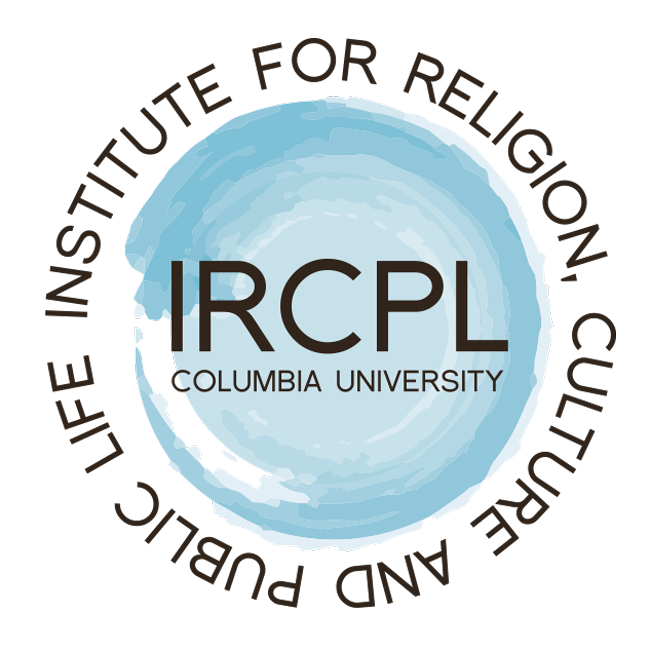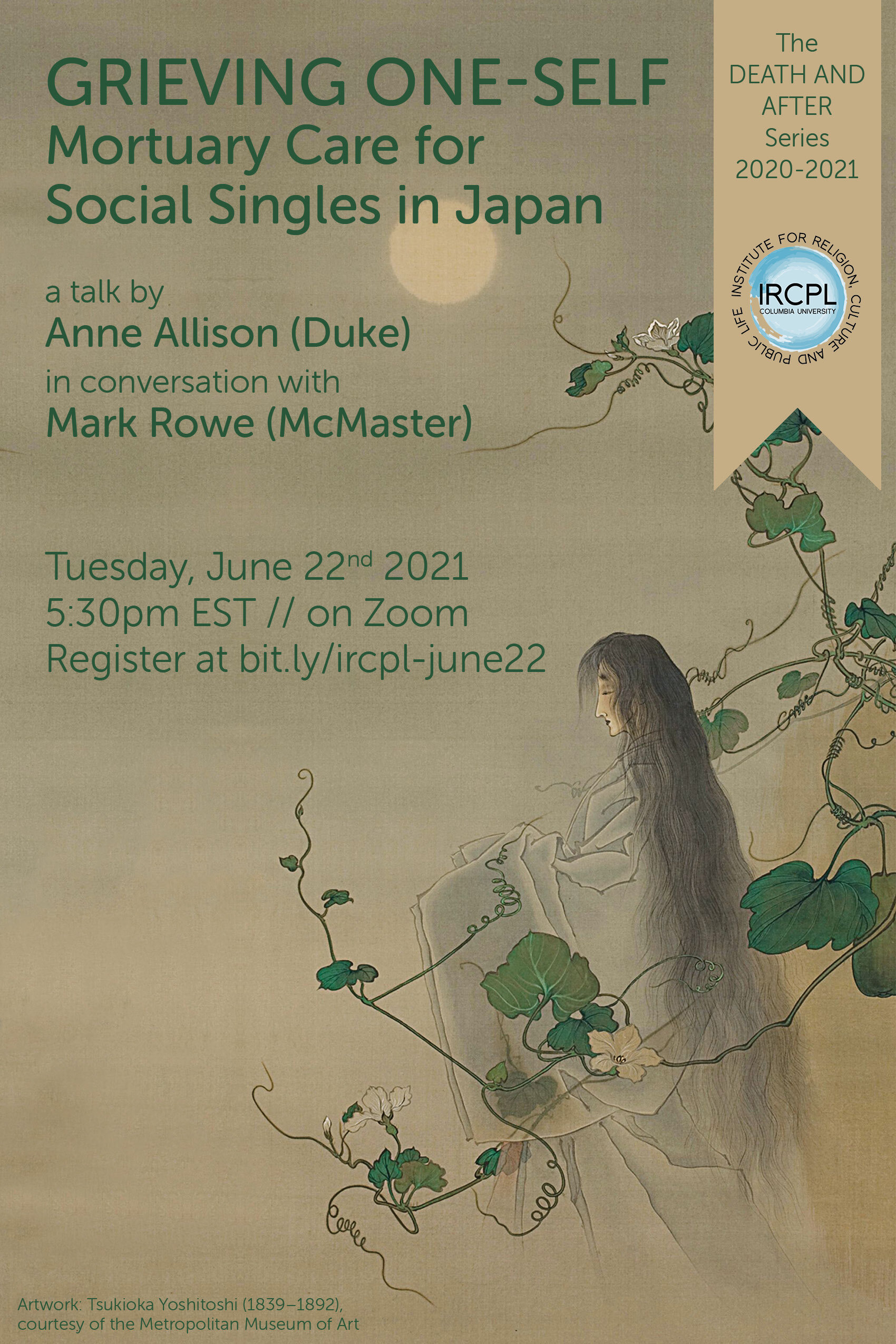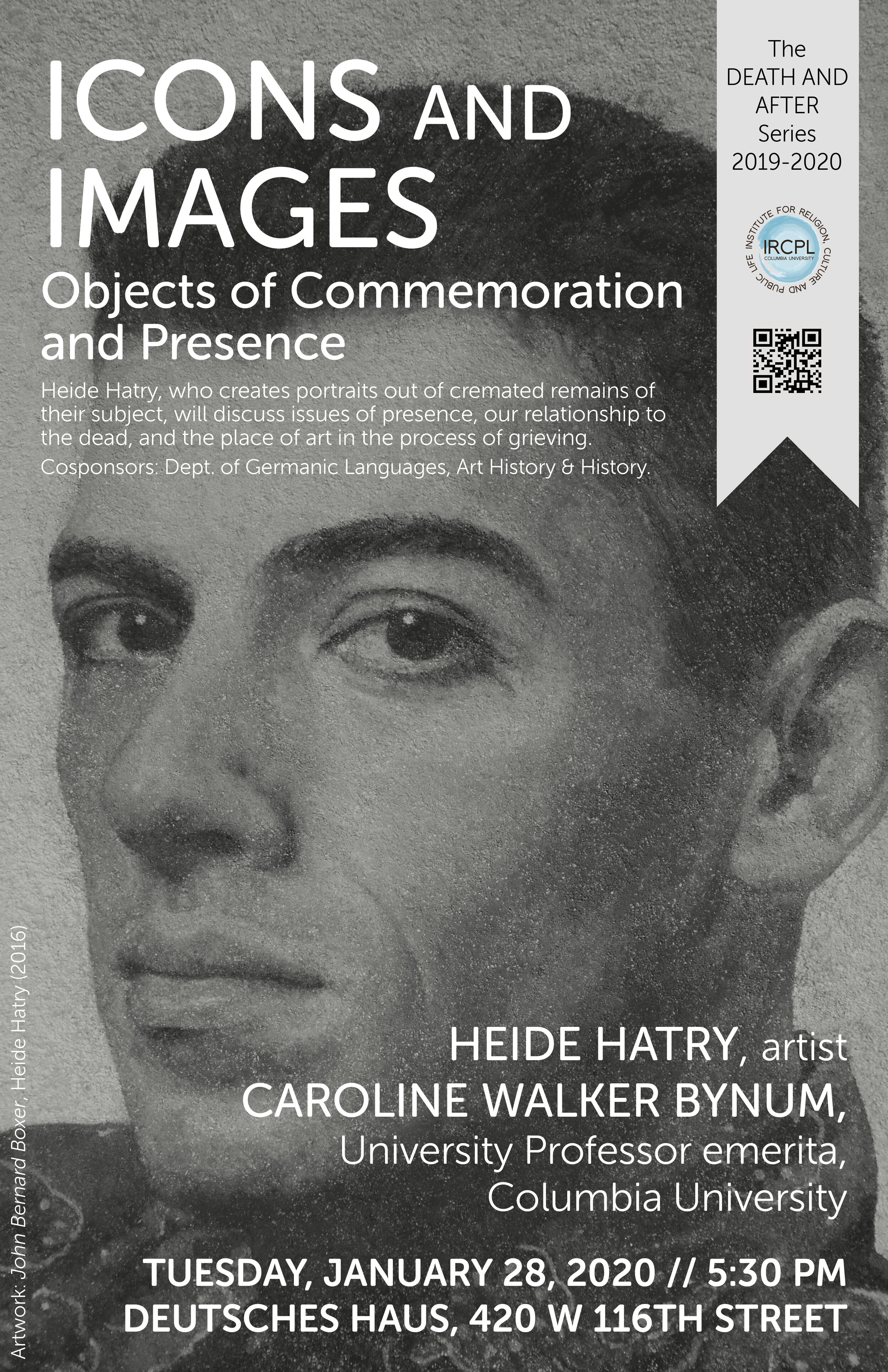Events
Death and After
In this series, IRCPL features a range of events and speakers, including leading scholars in history and anthropology, as well as film makers, artists, journalists, and social activists. The purpose of the series is to explore a range of topics and issues, from the history of burial and mourning practices to contemporary debates over cryogenics, the political dimensions of urban violence, and the role that music can play in the process of grieving.
Past Events
A lecture by Anne Allison (Duke University), moderated by Mark Rowe (McMaster University).
In the face of socio-economic shifts—a high aging/low childbirth population, decline in marriage and co-residence, irregularization of labor and precaritization of life—the family model of mortuary care that once prevailed in Japan is coming undone. As more and more Japanese live and die alone these days, they face the prospect of becoming “disconnected dead”: stranded without a grave to be buried in nor the social others to tend to it once there. Given the specter of such a bad death, new designs and trends are emerging for both necro-habitation and care-giving the dead. Prominent here is making mortuary arrangements for and by oneself while still alive (seizen seiri). Such anticipatory death-planning is the issue taken up in this talk. Based on fieldwork with new initiatives and services catering to a clientele of aging singles in Japanese, it is asked: What kind of grievability is this when the sociality of being cared for by others is handled by the self in anticipation of death? Mortuary presentism; a new ontology of the dead?
A conversation with Sergio Beltrán-García and Patricia Eunji Kim. Moderated by Marianne Hirsch.
The COVID-19 pandemic continues to ravage lives and livelihoods (especially of the most precarious, underserved communities) across the world. Traditional modes of mourning and commemoration are dangerous and ill-advised. How then, might communities and individuals grieve their losses? In this conversation, Sergio Beltrán-García (artist and activist) and Patricia Eunji Kim (art historian and curator) discuss the memorials, strategies, and stakes of commemorating the pandemic. If we dare to memorialize the pandemic dead, we must commit to unveiling the systemic inequities that left them so exposed. In other words, a memorial to the pandemic must also confront the very issues of labor, race, gender, and access that both created and exacerbated the conditions of vulnerability.
A conversation with Karla Holloway (Duke), Nyle Fort (Princeton), and Rhon Manigault-Bryant (Williams College). Moderated by Josef Sorett (Columbia, Religion)
Arguments about black death abound. In certain iterations, the long story of black life in the Americas is one defined by the looming prospect of premature, untimely, or even primordial death; from the status of “social death” under the terms of chattel slavery, to the contemporary struggles for life in the face of state (and state-sanctioned) violence unto death. A variety of critics, in this tradition, have observed some variation on the theme of what the poet Claudia Rankine surmised in her 2015 book, Citizen: “the condition of black life is one of mourning.” Yet, as Rankine’s own work suggests, the conditions of black living have been animated by a robust set of artistic, cultural, political, and spiritual performances that speak to an abundance of methods for flourishing, and for affirming the truth of the now iconic hashtag #BlackLivesMatter—before, after, and in the midst of death.
A panel with Karla Rothstein (Columbia GSAPP) and John Bruce (Parsons School of Design). Moderated by Maggie Jones (The New York Times Magazine).
Join us for an evening with Karla Rothstein (Columbia GSAPP) and John Bruce (Parsons School of Design) as they discuss their respective projects on how we may care for the dead and the dying. As an architect, Karla Rothstein has been at the forefront of efforts to transform the ways in which we commemorate and place the dead, especially given constraints of space in urban cemeteries and environmental costs of cremation. Through his work as a film maker, John Bruce documents the power of human connections with the dying, who are all too often marginalized from the wider currents of everyday social life. Together, their work raises urgent questions about how to understand life in proximity to death—questions of design, which are just as much questions of dignity and care.
With Heide Hatry (artist, Icons in Ash) and Caroline Walker Bynum (University Professor emerita, Columbia University & professor emerita, Institute for Advanced Study).
German artist Heide Hatry’s most recent work, in which she has created portraits out of the cremated remains of their subjects, thematizes and transforms the notion of likeness while hearkening back to what Hans Belting contends is the aboriginal purpose of portraiture: to keep the dead among us in charged ceremonial artifacts. The experience of families of her subjects strongly suggests an uncanny and consolatory effect that is best understood in terms of a sense of the continuing presence of their dead, the demise of which experience underlies our modern “culture of mourning.”
In discussion with cultural historian Caroline Walker Bynum, Hatry will address issues of presence, new (and recovered) understandings of our relationship to death and the dead, the place of art in the process of grieving and the resumption of life, image, icon, and relic.
With Abou Farman, The New School for Social Research
Part of a series of readings/performative lectures by Abou Farman and Leonor Caraballo featuring tumors, shamans, insects, and hydrogen protons. How can we make sense of the afterlife beyond the limits of a secular frame? And how can the afterlife help us make senses - literally, as in cultivate new modalities of sensing? We will explore these questions through a notion of synaesthetics reformulated from Susan Buck Morss by way of MRIs, smells, sounds, and blindfolds.
With Anya Bernstein (Harvard), Anton Vidokle (e-flux) and Adam Leeds (Slavic Languages).
As long as we have known death, we have dreamed of life without end. In The Future of Immortality, Anya Bernstein explores the contemporary Russian communities of visionaries and utopians who are pressing at the very limits of the human. The Future of Immortality profiles a diverse cast of characters, from the owners of a small cryonics outfit to scientists inaugurating the field of biogerontology, from grassroots neurotech enthusiasts to believers in the Cosmist ideas of the Russian Orthodox thinker Nikolai Fedorov. Bernstein puts their debates and polemics in the context of a long history of immortalist thought in Russia, with global implications that reach to Silicon Valley and beyond. If aging is a curable disease, do we have a moral obligation to end the suffering it causes? Could immortality be the foundation of a truly liberated utopian society extending beyond the confines of the earth—something that Russians, historically, have pondered more than most? If life without end requires radical genetic modification or separating consciousness from our biological selves, how does that affect what it means to be human?
With Thomas Laqueur (UC Berkeley) and Melinda Hunt (The Hart Island Project)
A century and a half ago, New York began burying unclaimed bodies in mass graves using prison labor. On Hart Island, in the Long Island Sound, more than one million such burials have taken place. Changes wrought by the Civil War account for a sustained para-military handling of the dead as well as an increased role for physicians and diminished religious presence. For this event, the historian Thomas Laqueur joins Melinda Hunt, President of the Hart Island Project, in conversation—about the history of the potter’s field, as well as the work of the Project to document the dead, and win visitation rights for families.
With Thomas Laqueur, University of California, Berkeley
Aura—the breath of enchantment—that makes the body of a saint or a unique masterwork of art special is said to be on the wane, done in by technology and secularization. But the bodies of the dead and even their ashes, indistinguishable one urn from other, have lost little of their potency. This lecture explores the ways in which the aura of mortal remains function to create sacrality in the absence of God and other worlds beyond our own.
The news media around the Mediterranean are frequently dominated by the aftermath of maritime disasters in which dozens, sometimes hundreds of migrants die on the perilous crossing to southern Italy from North Africa. Whilst migrant death is a recurring subject in academic study and journalism, scarcely any research is carried out on the ground into the material and symbolic treatment of unidentified human remains. Yet the social afterlife of human remains is of immense importance in the case of migrant deaths because of the ways in which they bring into focus the webs of relations in which migrants are caught, bringing together transnational kinship networks, local landscapes, local communities and solidarity groups and wider political motivations and actions.
How do people dispose of the anonymous remains of such disasters? What kinds of social relationships and connections are generated by the process? What are their motivations and emotional involvements of the people concerned? And what are the historical resonances of these unique and complex mortuary practices? What are the political consequences of the sacralization of the loss of human life juxtaposed against the normalization of the bare life existence of displaced people? We bring together research papers on works of tracing, forensic investigation, and burial, connecting metropolitan centers with Tunisia, Sicily, Lampedusa and Calabria. This way, we intend our conference to demonstrate the entanglements between transnational kin networks, local landscapes and communities, religious and solidarity groups, and national and international political discourses. Through the exploration of mourning without kin, this conference will follow the trail of sorrow and justice, local ritual appeasing and burial of migrant remains.










